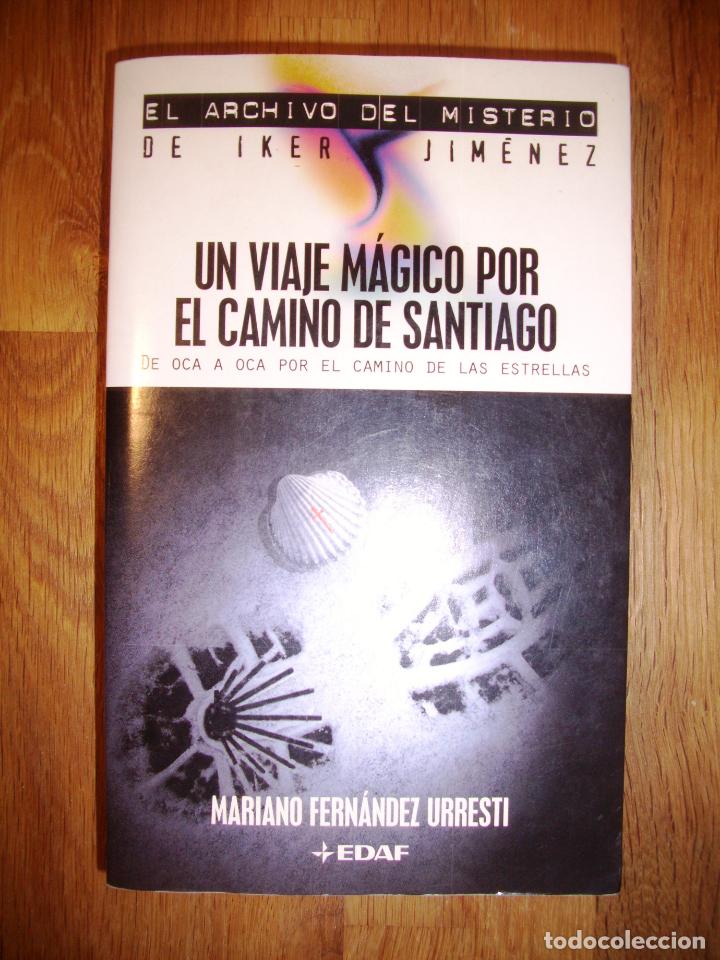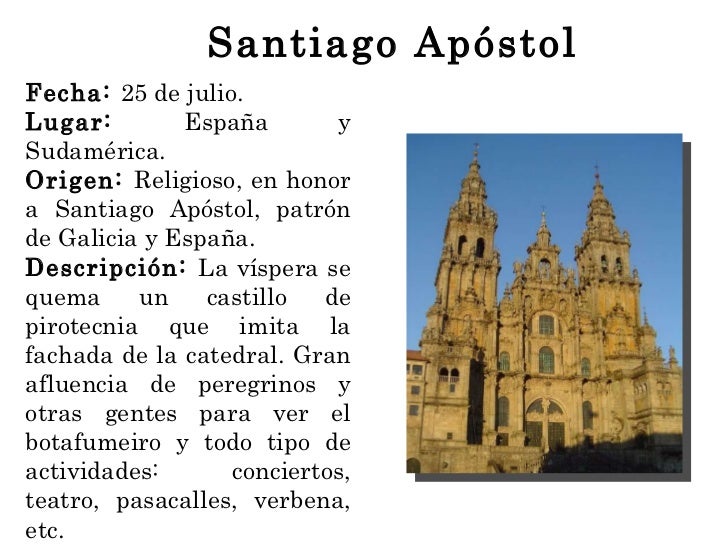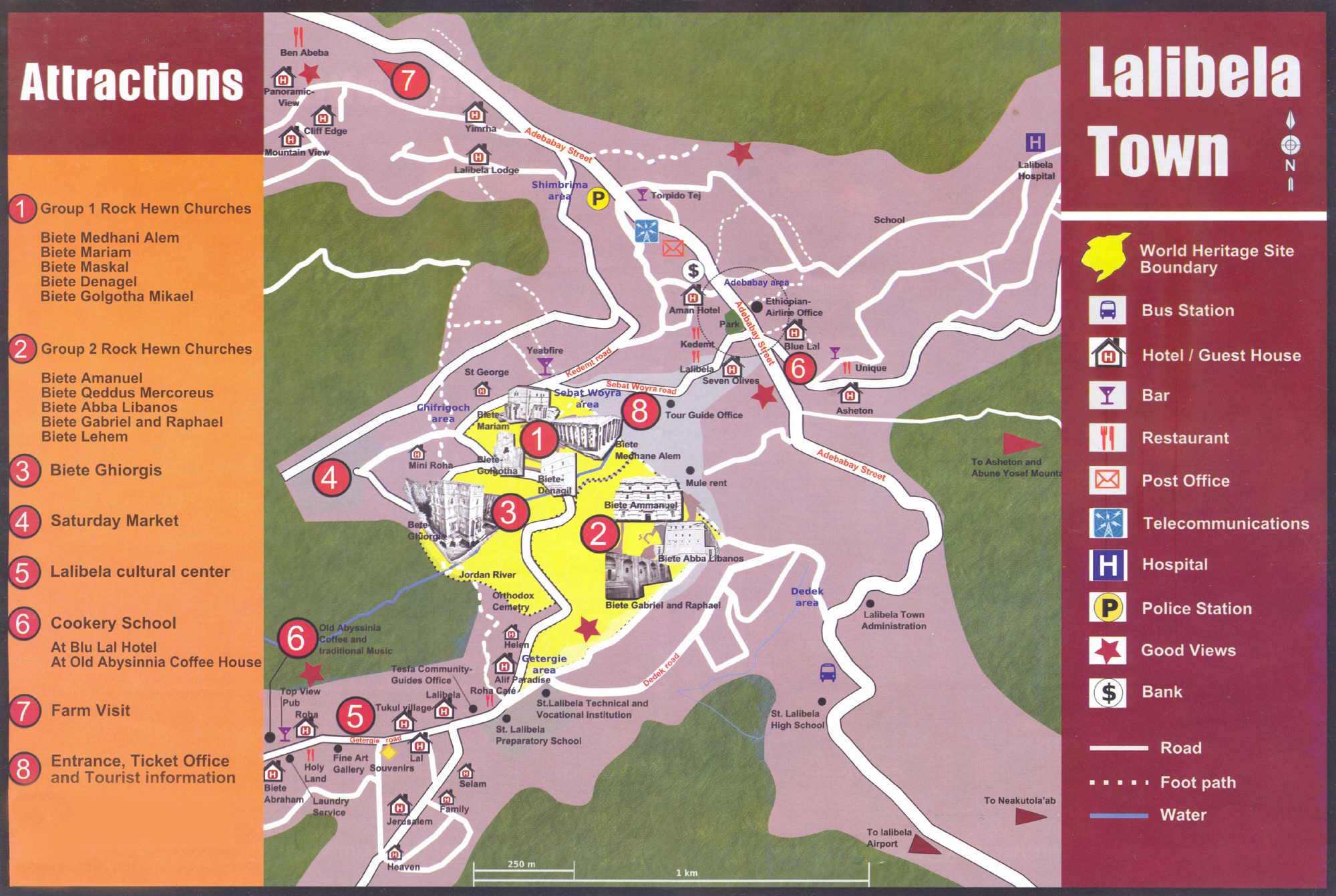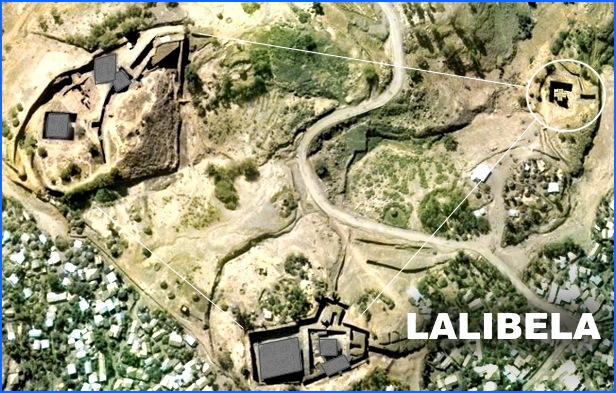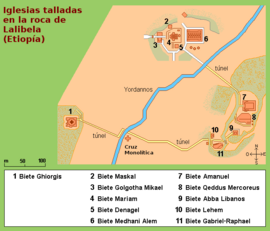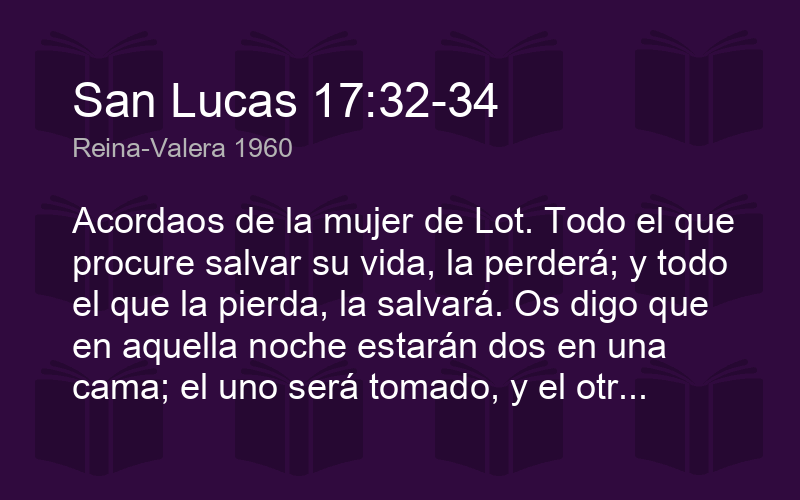|
|
General: EL CAPITALISMO REVALUO A LA MUJER, SEGUN LUCIA SANTA CRUZ
Elegir otro panel de mensajes |
|
|
31 ago. 2018 - Subido por Fundación para el Progreso
Axel Kaiser entrevista a la destacada académica Lucía Santa Cruz y abordan complejos temas como la ...
11 sept. 2018 - Subido por Fundación para el Progreso
Lucía Santa Cruz | Las leyes de cuotas son discriminatorias ... Para Lucía Santa Cruz, autora del libro “La ...
6 jul. 2018 - Subido por Fundación para el Progreso
Identidad y lucha de géneros | Lucía Santa Cruz ... es por esto que la reconocida historiadora Lucía Santa Cruz ...
10 jul. 2018 - Subido por Fundación para el Progreso
Por qué no soy Neoliberal | Lucía Santa Cruz ... Lucía Santa Cruz explica qué es y qué no es el liberalismo en ...
24 sept. 2018 - Subido por Fundación para el Progreso
Para Lucía Santa Cruz, autora del libro “La igualdad liberal”, la imposición por ley de una forma de hablar es una de ...
10 sept. 2018 - Subido por Fundación para el Progreso
Para la historiadora Lucía Santa Cruz, la igualdad liberal es una conquista gigantesca de la humanidad. Antes ...
30 ago. 2018 - Subido por El Líbero
En "La entrevista con Axel Kaiser", la historiadora plantea que "las mujeres le deben todo al liberalismo, al ...
27 sept. 2018 - Subido por Fundación para el Progreso
Lucía Santa Cruz realiza una revisión conceptual, filosófica e histórica de ... Ibañez, Axel Káiser y Lucía Santa Cruz ...
|
|
|
|
|
|
Para Lucía Santa Cruz, autora del libro “La igualdad liberal”, el fascismo y el nazismo fueron ideologías de izquierda.
YouTube · Fundación para el Progreso · 25 sep. 2018
Para Lucía Santa Cruz, autora del libro “La igualdad liberal”, el fascismo y el nazismo fueron ideologías de izquierda.
UGETube · 11 ago. 2019
|
|
|
|
|
|
https://lapalabradelbeni.com.bo/municipal/santa-maria-magdalena-dio-muestras-de-hospitalidad/ |
|
|
|
|
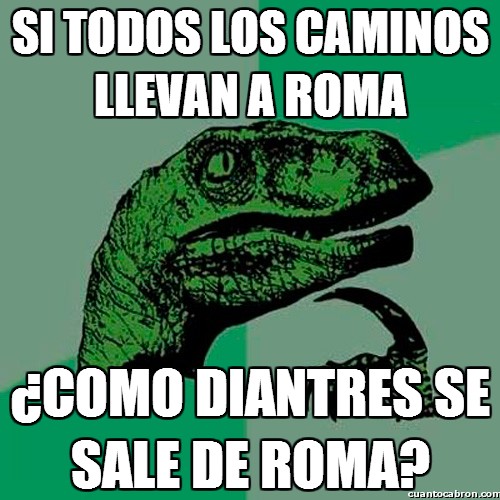      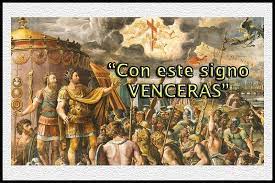 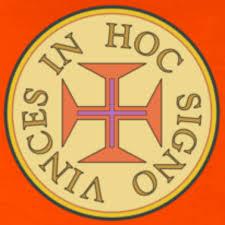

https://social.vcoins.com/twih/arch-constantine-july-25-315/
El Arco de Constantino. 25 de julio de 315.
El Arco de Constantino se erigió para conmemorar la victoria de Constantino I sobre Majencio en el Puente Milvio que tuvo lugar el 28 de octubre de 312.
La Batalla tomó su nombre del Puente Milvio , una ruta importante sobre el Tíber . Constantino ganó la batalla y emprendió el camino que lo llevó a terminar con la Tetrarquía y convertirse en el único gobernante del Imperio Romano . Maxentius se ahogó en el Tíber durante la batalla; su cuerpo fue luego sacado del río y decapitado, su cabeza desfiló por las calles de Roma al día siguiente de la batalla.
Según cronistas como Eusebio de Cesarea y Lactancio , la batalla marcó el comienzo de la conversión de Constantino al cristianismo . Eusebio de Cesarea cuenta que Constantino y sus soldados tuvieron una visión enviada por el Dios cristiano . Esto se interpretó como una promesa de victoria si el signo de Chi-Rho , las dos primeras letras del nombre de Cristo en griego , se pintaba en los escudos de los soldados. El Arco de Constantino, erigido en celebración de la victoria, ciertamente atribuye el éxito de Constantino a la intervención divina ; Sin embargo, el monumento no muestra ningún simbolismo abiertamente cristiano .
Aunque está dedicado a Constantino, gran parte del material decorativo incorporó trabajos anteriores de la época de los emperadores Trajano , Adriano y Marco Aurelio , y por lo tanto es un collage . El último de los arcos triunfales existentes en Roma, también es el único que hace un uso extensivo de la espolia , reutilizando varios relieves importantes de los monumentos imperiales del siglo II , que dan un llamativo y famoso contraste estilístico con la escultura recién creada para el arco .
Cualesquiera que sean las fallas de Maxentius, su reputación en Roma estuvo influenciada por sus contribuciones a la construcción pública . En el momento de su acceso al trono en 306, Roma se estaba volviendo cada vez más irrelevante para el gobierno del imperio, la mayoría de los emperadores eligieron vivir en otros lugares y se centraron en defender los frágiles límites , donde con frecuencia fundaron nuevas ciudades. Este factor contribuyó a su capacidad para tomar el poder. Por el contrario, Maxentius se concentró en restaurar la capital , siendo su epíteto conservator urbis suae (preservador de su ciudad). Así, Constantino fue percibido, entre otras cosas, como el deponente de uno de los mayores benefactores de la ciudad y necesitaba adquirir legitimidad. Mucha controversia ha rodeado el mecenazgo de las obras públicas de este período. El filósofo alemán Walter Benjamin observó que la historia se ve a través de los ojos del vencedor , y Constantino y sus biógrafos no fueron una excepción. Emitiendo una damnatio memoriae , se dispuso a borrar sistemáticamente la memoria de Majencio. En consecuencia, sigue existiendo una incertidumbre considerable con respecto al patrocinio de los edificios públicos de principios del siglo IV, incluido el Arco de Constantino, que originalmente pudo haber sido un Arco de Majencio .
 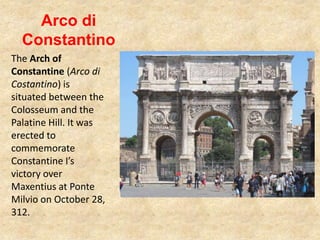    
|
|
|
|
|

salt lake city=alchemy (salt)=dollar=$= LOT S WIFE (SODOMA AND GOMORRA)
Cathedral of the Madeleine
From Wikipedia, the free encyclopedia
The Cathedral of the Madeleine is a Roman Catholic church in Salt Lake City, Utah, United States. It was completed in 1909 and currently serves as the cathedral, or mother church, of the Diocese of Salt Lake City. It is the only cathedral in the U.S. under the patronage of St. Mary Magdalene.
Description[edit]
The cathedral was built under the direction of Lawrence Scanlan, the first bishop of Salt Lake City, who dedicated it to St. Mary Magdalene.[2] It was designed by architects Carl M. Neuhausen and Bernard O. Mecklenburg. The exterior is predominantly a Neo-Romanesque design, while the inside displays more Neo-Gothic details. Construction began in 1900 and was completed in 1909. It was dedicated by James Cardinal Gibbons, Archbishop of Baltimore.
It is theorized that Bishop Scanlan chose Mary Magdalene as the patron saint of the Diocese of Salt Lake because her feast day is on July 22, two days before Pioneer Day, a celebration commemorating the arrival of the Mormon pioneers in Salt Lake Valley, so that Catholics would have something to celebrate alongside the region's dominant faith.[3]
The interior of the cathedral was created under the direction of Joseph S. Glass, the second bishop of Salt Lake. Bishop Glass enlisted John Theodore Comes, one of the preeminent architects in the country, to decorate the interior of the cathedral. His plans for the interior were largely based upon the Spanish Gothic style. The colorful murals and polychrome were added at this time, as were the ornate shrines. In 1916, Bishop Glass also changed the name of the cathedral to the French spelling after visiting her purported tomb.[2]
In the 1970s, the exterior of the building was restored, and between 1991 and 1993, the interior of the cathedral was renovated and restored under Bishop William K. Weigand. This included not only the removal of dust and dirt and restoration of the interior but also changes to the liturgical elements of the cathedral to bring them into conformity with certain widespread changes in liturgical practice that developed after the Second Vatican Council.
This included constructing a new altar, moving the cathedra, creating a separate chapel for the Blessed Sacrament, and adding an ample baptismal font. The Blessed Sacrament Chapel also contains the tomb of Bishop Scanlan.[4] Resting atop the tomb is a case containing a small relic of Saint Mary Magdalene. The cathedral in Salt Lake City and the Basilica of Saint-Maximin-la-Sainte-Baume in France are the only cathedrals in the world holding first-class relics of the saint and are named in her honor.[5] The major restoration of the interior of the cathedral was accomplished through the vision of Monsignor M. Francis Mannion.[6]
The cathedral is home to the only co-educational Catholic Choir School in the United States. The Madeleine Choir School, established in 1996, now serves over 400 students in Pre-Kindergarten through Grade Eight.[7] The Cathedral Choir has recorded several CDs and routinely tours both nationally and internationally. In addition to singing daily services at the Cathedral of the Madeleine, choristers have sung at St. Peter's Basilica (Vatican City), Notre Dame de Paris (France), and in churches across the United States of America, Spain, Italy, France, Belgium, and Germany, among other places.[8]
Composer Amédée Tremblay notably served as the church's organist from 1920 to 1925.[9]
-
-
Cathedral of the Madeleine, looking east
-
Interior of the cathedral
-
   |
|
|
 Primer Primer
 Anterior
6 a 20 de 20
Siguiente Anterior
6 a 20 de 20
Siguiente
 Último
Último

|
|
| |
|
|
©2024 - Gabitos - Todos los derechos reservados | |
|
|

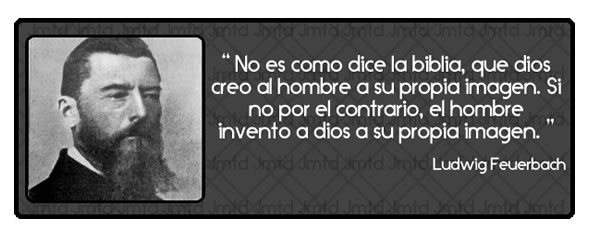




![Cuba, Isla Mía : ¿Volvería Albert Einstein a escribir "¿Por qué la guerra?" [+ video]](http://4.bp.blogspot.com/-U2MtBxY8tNA/U9hnsqjgtxI/AAAAAAAAmV4/hRoZ9LtfV74/s1600/cita-001.jpg)
![August 6 THE TRANSFIGURATION OF OUR LORD [Feast] MASS PRAYERS AND READINGS. - Catholics Striving For Holiness](https://i2.wp.com/catholicsstrivingforholiness.org/wp-content/uploads/2019/08/AUG.-6-TRANSFIGURATION.jpg)


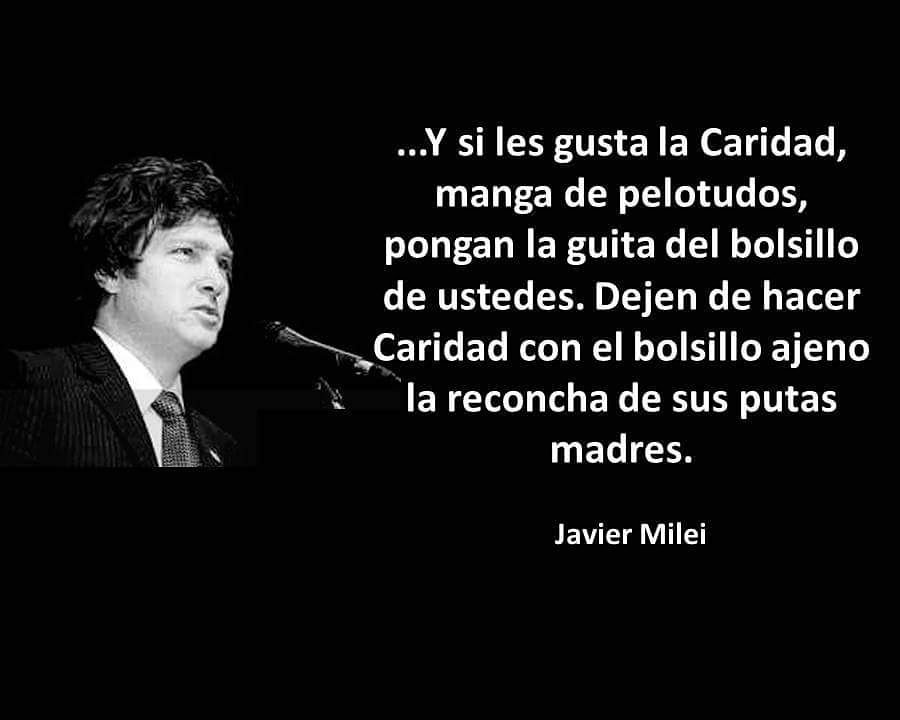
![Turismo en SANTA CRUZ – CHILE ¿Qué visitar? [4K] - YouTube](https://i.ytimg.com/vi/J2CHfEQTshc/maxresdefault.jpg)






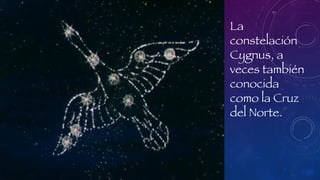

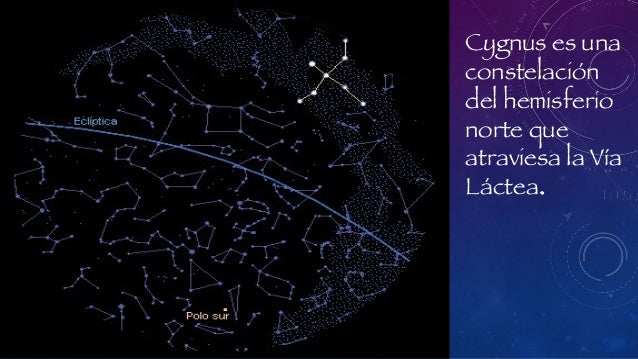



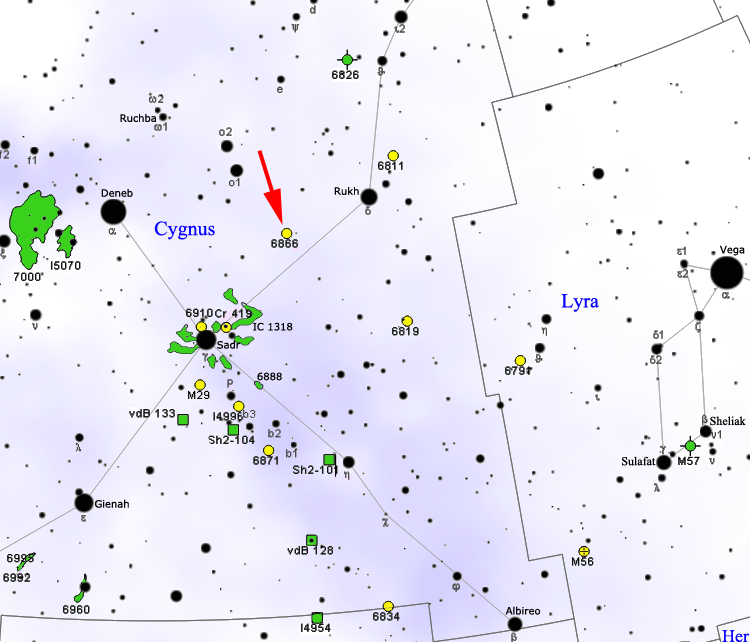

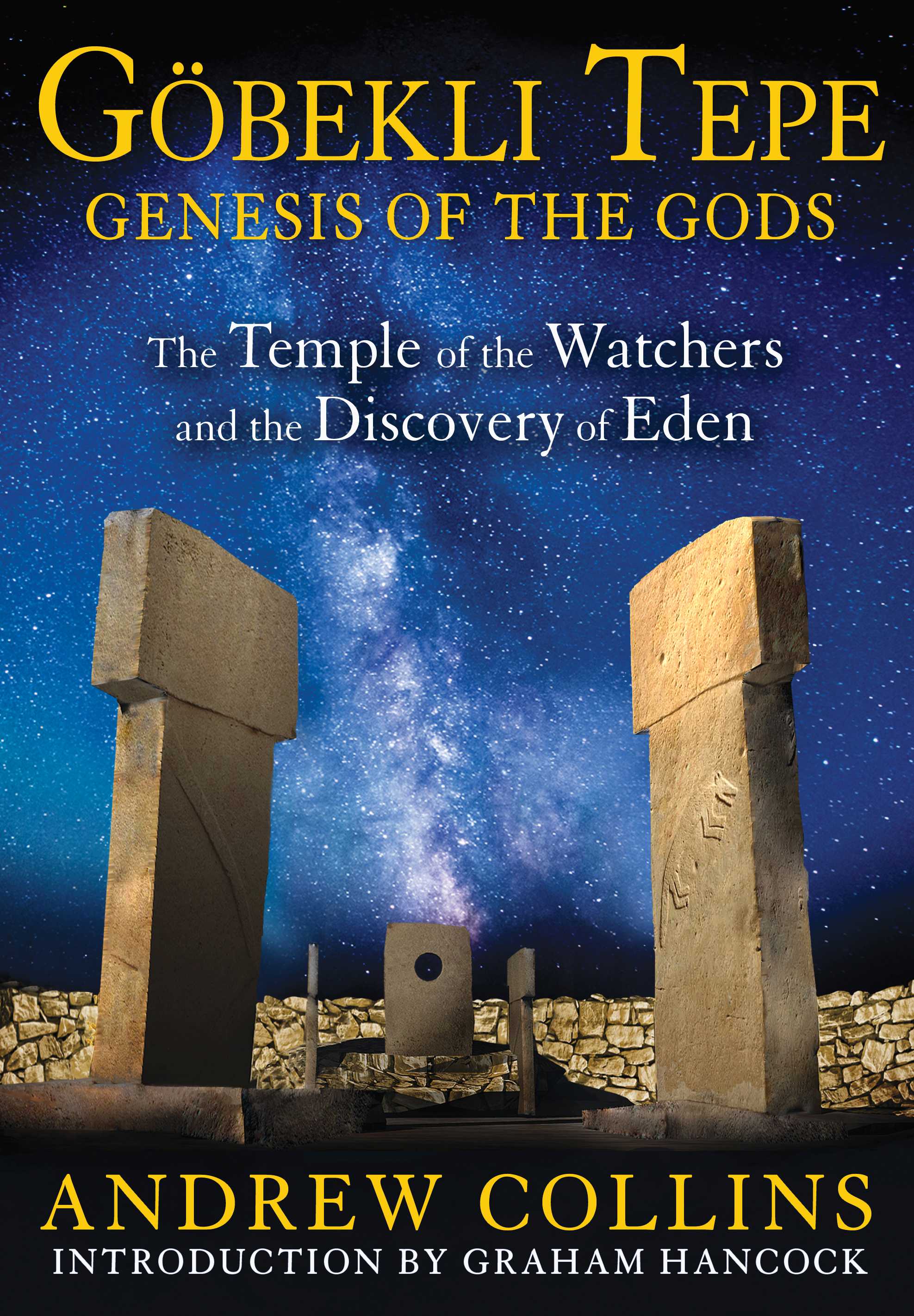




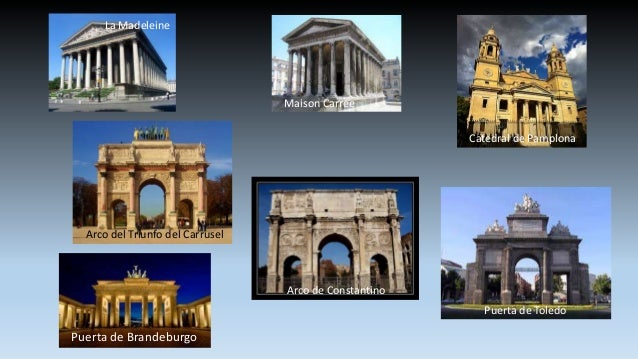
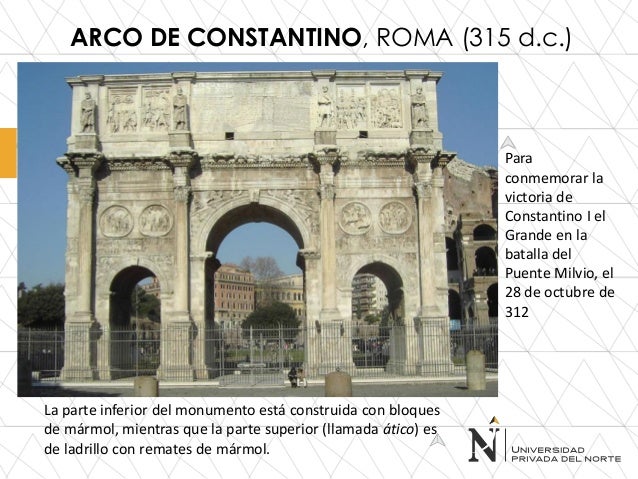


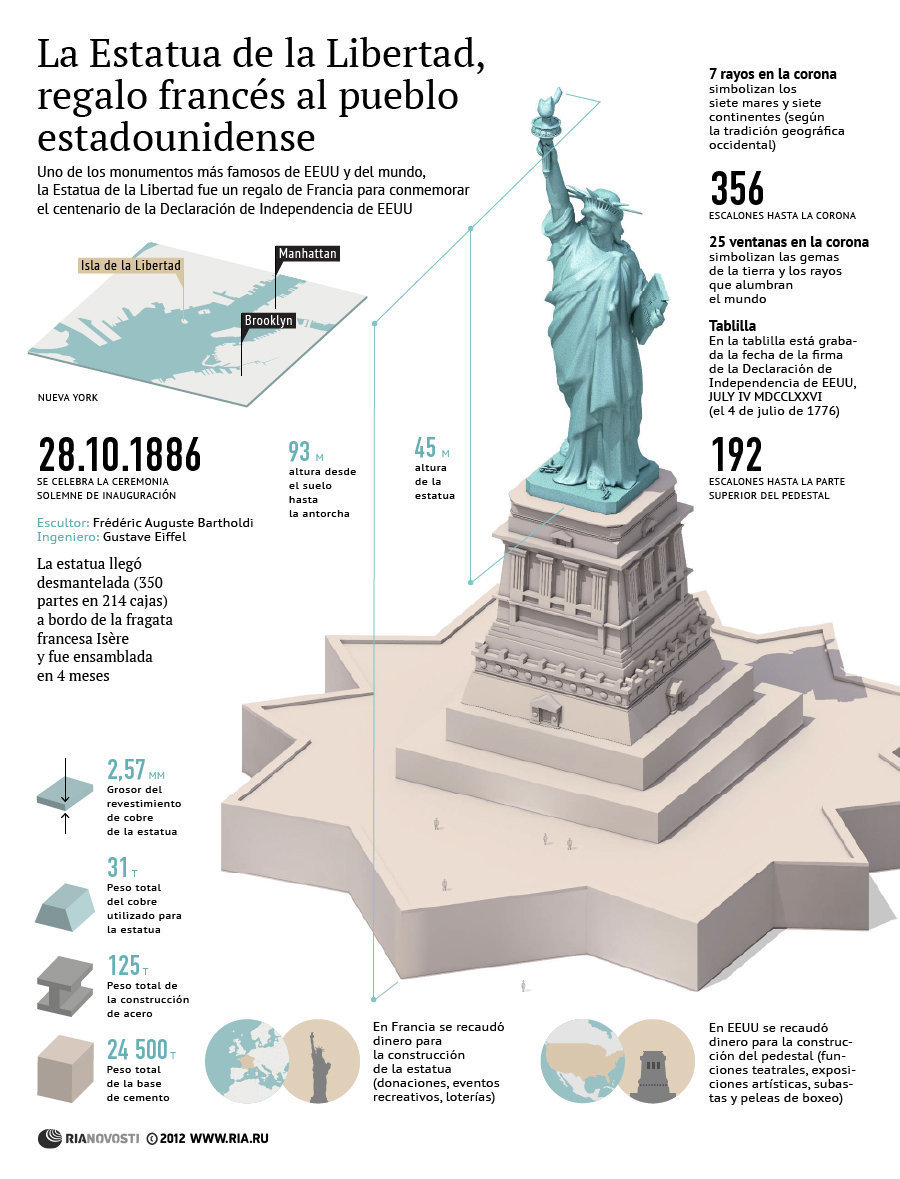
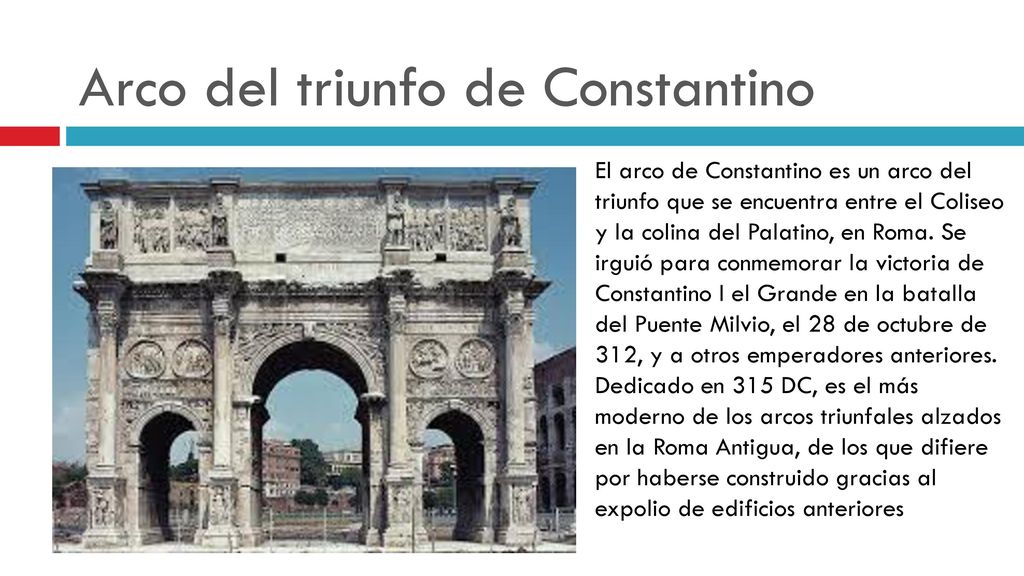





![Stargate Special Edition [Reino Unido] [DVD]: Amazon.es: Kurt Russell: Películas y TV](https://m.media-amazon.com/images/I/51Gr2lgt03L.jpg)







